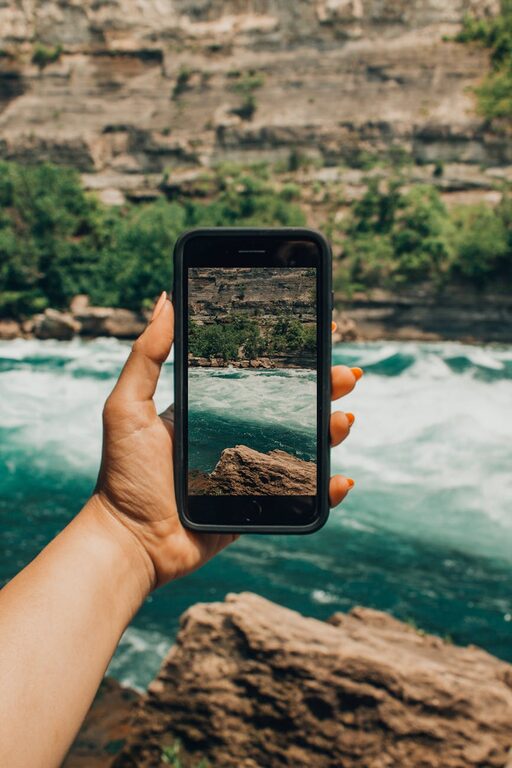Photography with smartphones has come a long way, making it easier than ever to take beautiful pictures without needing expensive equipment. Whether you’re capturing memories with family, shooting nature scenes, or snapping creative shots for social media, improving your phone photography can make a big difference. If you’re just starting out, this guide will help you take better photos with simple tips and techniques anyone can try.
Understand Your Phone’s Camera Features
Before diving into photography, take a little time to familiarize yourself with your phone’s camera settings. Most smartphones offer more than just a basic photo mode.
– Explore camera modes: Try different modes like portrait, panorama, night mode, or pro/manual if available.
– Learn how to adjust focus and exposure: Tap on your subject on the screen to set focus, and slide to adjust brightness.
– Experiment with zoom: Understand the difference between optical zoom (if available) and digital zoom, which can lower image quality.
Knowing these settings can help you make better decisions while taking photos.
Clean Your Lens Regularly
This might sound obvious, but many beginners forget how a dirty lens affects photo clarity. The lens can collect fingerprints, dust, or smudges throughout daily use.
– Use a microfiber cloth or lens cleaning wipe to gently clean the lens before shooting.
– Avoid using rough fabrics or fingers directly on the lens.
– Clean your lens frequently, especially if you’re outdoors.
A clean lens ensures sharper, clearer images.
Use Natural Light to Your Advantage
Lighting is one of the most critical factors in photography. Since phone cameras have smaller sensors compared to professional cameras, they benefit greatly from good lighting conditions.
– Shoot in natural light whenever possible: Early morning and late afternoon provide soft, warm “golden hour” light.
– Avoid harsh midday sun: It can create strong shadows and washed-out colors.
– Face your light source: Position your subject so that the natural light falls on it evenly.
– Use shade to soften direct sunlight: If it’s too bright, move your subject into a shaded area.
If natural light is limited, avoid using your phone’s built-in flash, which can be harsh and create unwanted reflections.
Frame Your Shots Thoughtfully
Composition plays a big role in making photos visually appealing. Here are some easy techniques to practice:
– Use the Rule of Thirds: Turn on the gridlines in your camera settings and place your subject along the grid lines or where they intersect.
– Keep your horizon level: A tilted horizon can distract from an otherwise great photo.
– Look for leading lines: Roads, fences, or pathways can guide the viewer’s eye through the image.
– Leave some space (negative space): Don’t overcrowd the frame; empty space can emphasize your subject.
Try to slow down and think about the scene before snapping the picture.
Steady Your Phone for Sharper Images
Blurry photos are a common issue when shooting with phones, especially in low light conditions.
– Hold your phone with both hands to provide extra stability.
– Lean against a wall or use furniture for support if available.
– Use built-in timer mode or a remote shutter to avoid shaking when tapping the capture button.
– Consider investing in a small tripod designed for smartphones.
Even small adjustments can result in significantly sharper pictures.
Focus on Your Subject
Ensuring the main subject is in sharp focus gives your image clarity and impact.
– Tap the screen where you want to focus before taking the shot.
– For portraits, focus on the eyes to capture lifelike expressions.
– If your phone allows, lock focus by holding down on the screen to prevent refocusing.
Avoid cluttered backgrounds that distract from your subject.
Edit Your Photos Lightly
Editing apps can enhance your images without making them look artificial.
– Use apps like Snapseed, Lightroom Mobile, or VSCO for basic adjustments.
– Adjust brightness, contrast, and saturation moderately.
– Crop or straighten your photos to improve composition.
– Avoid overusing filters; aim to enhance the photo’s natural beauty.
Editing is a great way to polish your pictures, but try to keep it simple for the best results.
Practice Regularly and Have Fun
The best way to improve your phone photography is by practicing consistently.
– Take photos daily or whenever you have a few free moments.
– Experiment with different subjects, lighting, and angles.
– Review your photos to see what works and what doesn’t.
– Don’t be afraid to make mistakes — each photo is a learning opportunity.
Enjoy the process and explore creative ideas.
—
By following these straightforward tips, anyone can improve their phone photography skills and start capturing more beautiful and memorable images. Remember, the best camera is the one you have with you, so make the most of your smartphone’s capabilities and have fun shooting!

